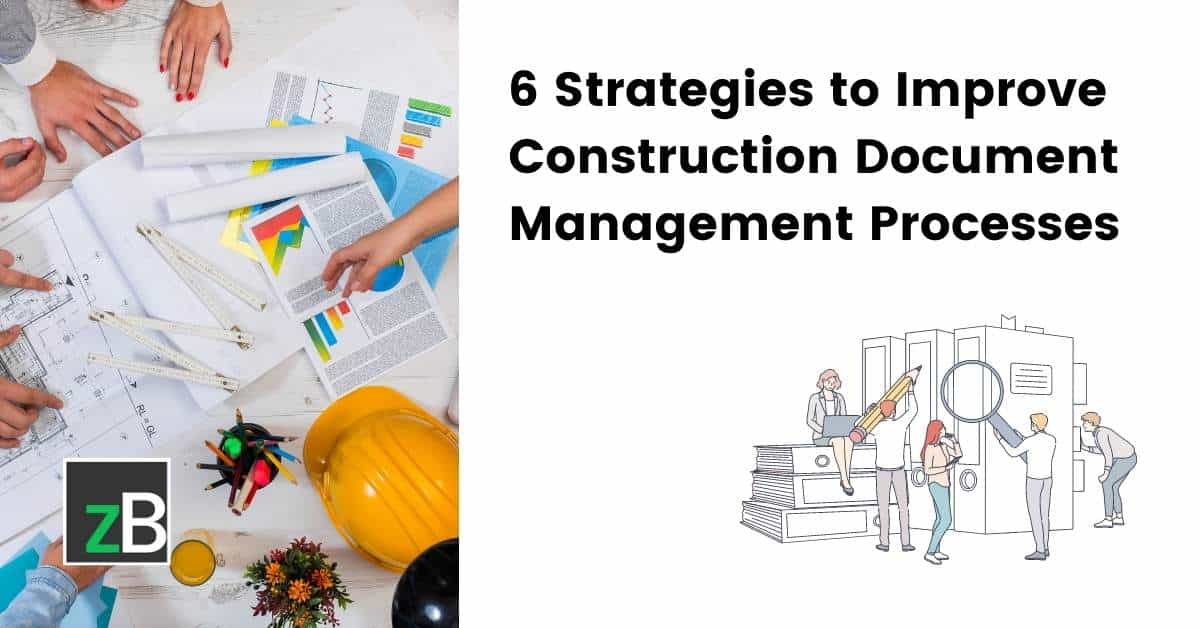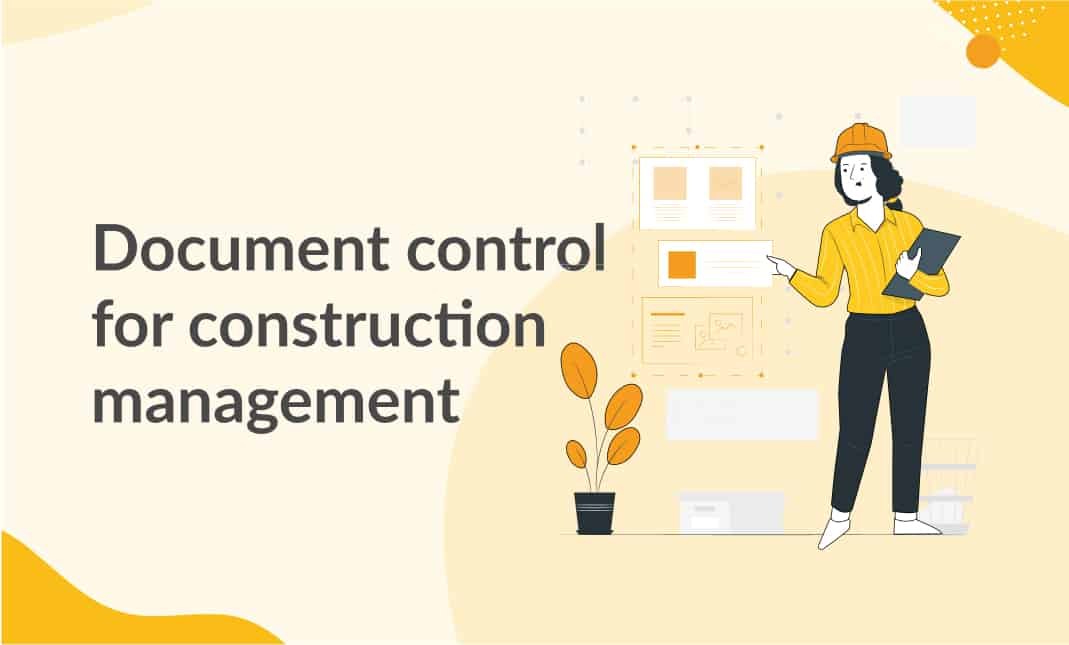Enhancing Workflow Efficiency: Designer's Expert Strategies for Building Record Monitoring
In the realm of building design and construction, the thorough management of papers stands as a foundation for task success. Architects use numerous methods to improve workflow effectiveness and improve building and construction file management processes. From experienced company methods to the combination of joint platforms and the implementation of protected data monitoring options, architects browse an intricate landscape of tools and techniques. Amidst this intricacy, a pick couple of professional approaches have emerged as crucial in maximizing workflow effectiveness. These methods not only guarantee smooth project development yet additionally hold the crucial to opening improved performance and precision in the intricate realm of building and construction document administration.
Key Document Organization Strategies
When taking care of construction files, one of the vital strategies that architects utilize is establishing a reliable and methodical organization system. This system typically includes categorizing documents based upon their kind, such as drawings, requirements, contracts, and allows. By creating distinctive and clear classifications, engineers can promptly locate particular information when required, conserving time and lessening errors in the building and construction procedure.
Within each group, architects even more arrange records by creating subfolders or using numbering systems to denote variations or alterations (construction document management). This ordered structure guarantees that the most relevant and existing details is quickly accessible while keeping a record of adjustments made throughout the project timeline
Moreover, engineers commonly make use of electronic record monitoring systems that offer features like keyword search functions, version control, and access restrictions to enhance organization and collaboration amongst task stakeholders. These devices simplify the record access procedure, advertise real-time updates, and facilitate seamless communication, ultimately adding to the general success of the building and construction task.
Collaborative Platform Combination
To enhance document monitoring performance in building and construction jobs, designers perfectly integrate collaborative systems to boost communication and improve coordination amongst task stakeholders. By leveraging joint systems such as project management software program, cloud-based storage space systems, and communication tools, engineers can produce a centralized center for all project-related papers and communication networks. These platforms allow group members to access, review, and team up on papers in real-time, decreasing delays and the risk of mistakes connected with standard file management approaches.
Joint platform assimilation additionally promotes transparency and accountability within the task group, as all stakeholders have visibility into the most up to date project updates and revisions. By centralizing communication and paper sharing, designers can guarantee that all staff member are working from the most current info, minimizing the chances of problems or misunderstandings developing because of outdated records.
Moreover, joint systems enable smooth collaboration in between engineers, contractors, customers, and other task stakeholders, promoting a more effective and natural task process. By breaking down interaction barriers and promoting information exchange, designers can drive productivity and technology in building tasks, inevitably causing successful job outcomes.
Version Control Best Practices
Applying efficient variation control my blog methods is essential for keeping document accuracy and uniformity in building projects. By developing a clear system for managing modifications, project groups can make sure that everyone is functioning from the most current documents, minimizing the risk of errors and discrepancies throughout the building and construction stage.
One of the essential finest methods for variation control is to assign distinct identifiers to each record variation. This can be achieved by utilizing a numbering system or day stamp that clearly shows the order of modifications. By clearly classifying each version, staff member can conveniently track the progression of the document and recognize the most current version.

Automation Devices for Efficiency

File control software program, like Procore or PlanGrid, centralizes project paperwork, making it conveniently accessible to all stakeholders. These systems allow for real-time cooperation, variation control, and automated back-ups, protecting against data loss. Furthermore, Structure Details Modeling (BIM) software automates the generation of building illustrations and makes sure that changes are integrated throughout all relevant files.
Incorporating automation tools with cloud storage services better improves availability and safety and security. By automating the record administration process, job groups can concentrate their time and effort on value-adding tasks, ultimately enhancing efficiency and job end results.
Secure Information Management Solutions
Efficiently protecting and taking care of job data is paramount in the building and construction sector to guarantee confidentiality and honesty throughout the job lifecycle. Architectural companies can use encrypted cloud storage solutions to safely share and save job files with accredited employees.
Furthermore, making use of electronic rights administration (DRM) devices adds an additional layer of security by protecting against the unauthorized circulation or replication of project papers. Routine data backups are important to minimize the threat of data loss because of unforeseen situations like equipment failures or cyber-attacks. Collaborative platforms with built-in safety and security attributes enable smooth interaction and data sharing among job employee while maintaining information integrity.
Conclusion
In final thought, implementing vital paper company strategies, incorporating joint platforms, practicing version control finest practices, look at this now using automation devices, and taking on secure information management remedies are necessary methods for enhancing operations performance in building paper administration. These experienced strategies can simplify processes, improve communication, make certain accuracy, and keep information safety throughout the building and construction task lifecycle.
In the realm of architectural layout and building, the thorough monitoring of records stands as a cornerstone for job success. These methods not only make sure smooth job development yet likewise hold the essential to opening improved efficiency and accuracy in the intricate realm of construction paper management.
To optimize document monitoring performance in building and construction projects, architects perfectly incorporate collective platforms to boost interaction and improve control among task stakeholders. These systems permit group members to access, evaluation, and collaborate on records in real-time, decreasing delays and the danger of errors connected with typical paper management methods.
Making use of automation devices in building and construction document management significantly boosts efficiency and enhances processes for task groups. construction document management.